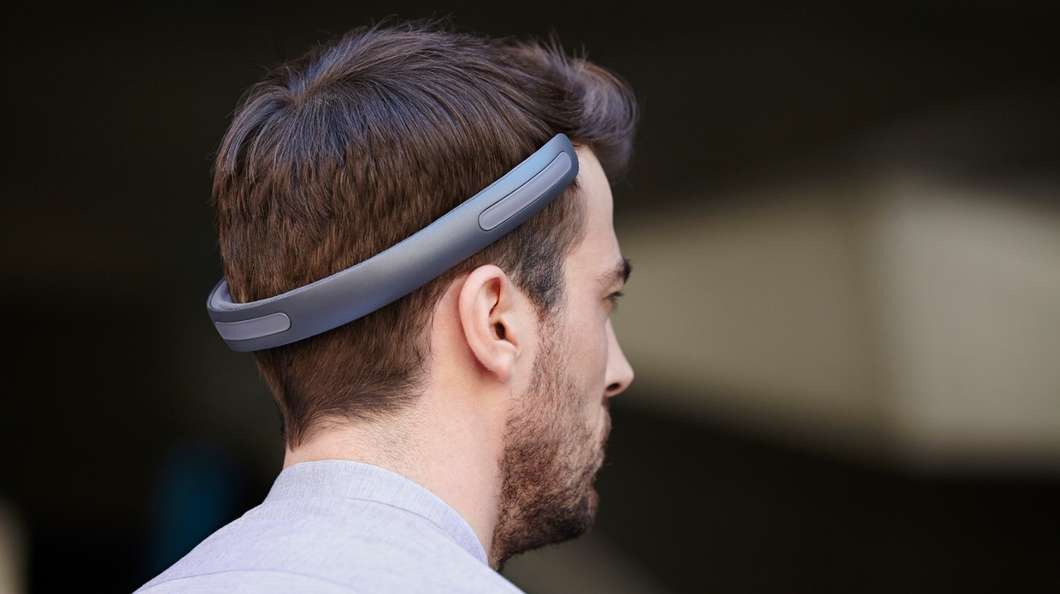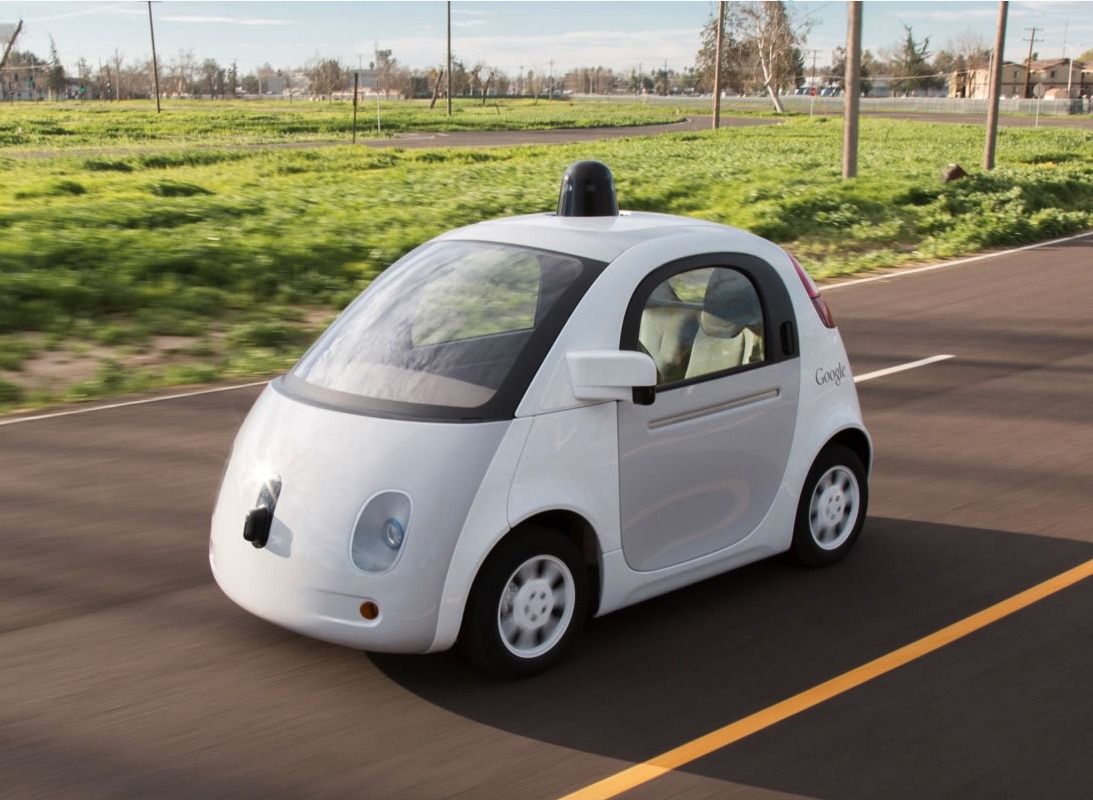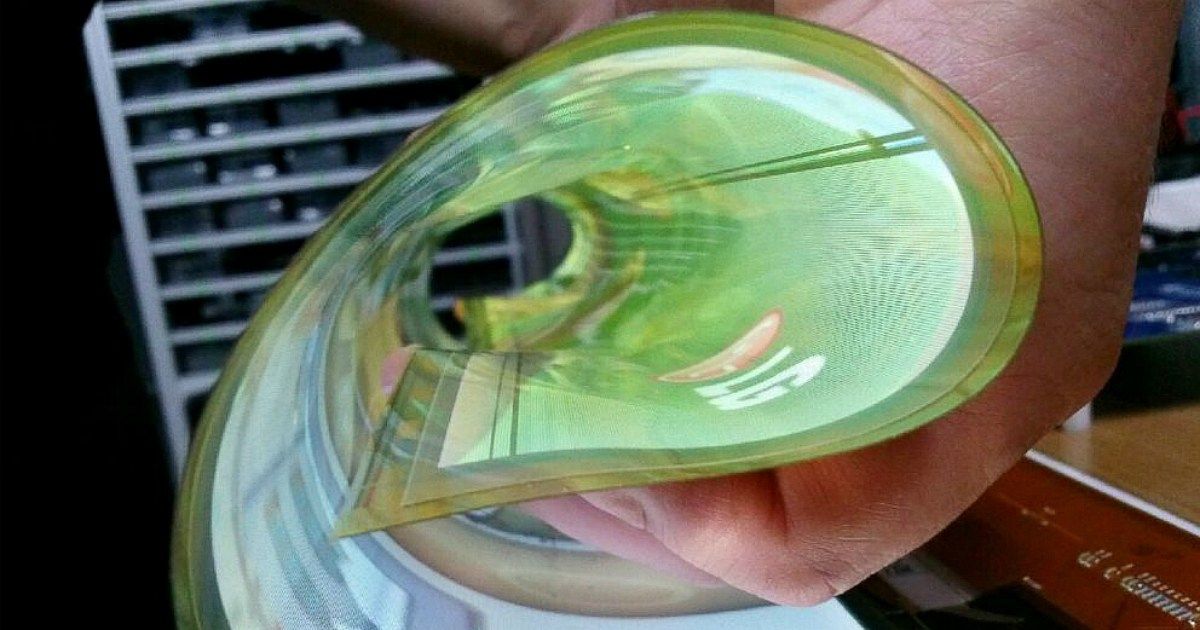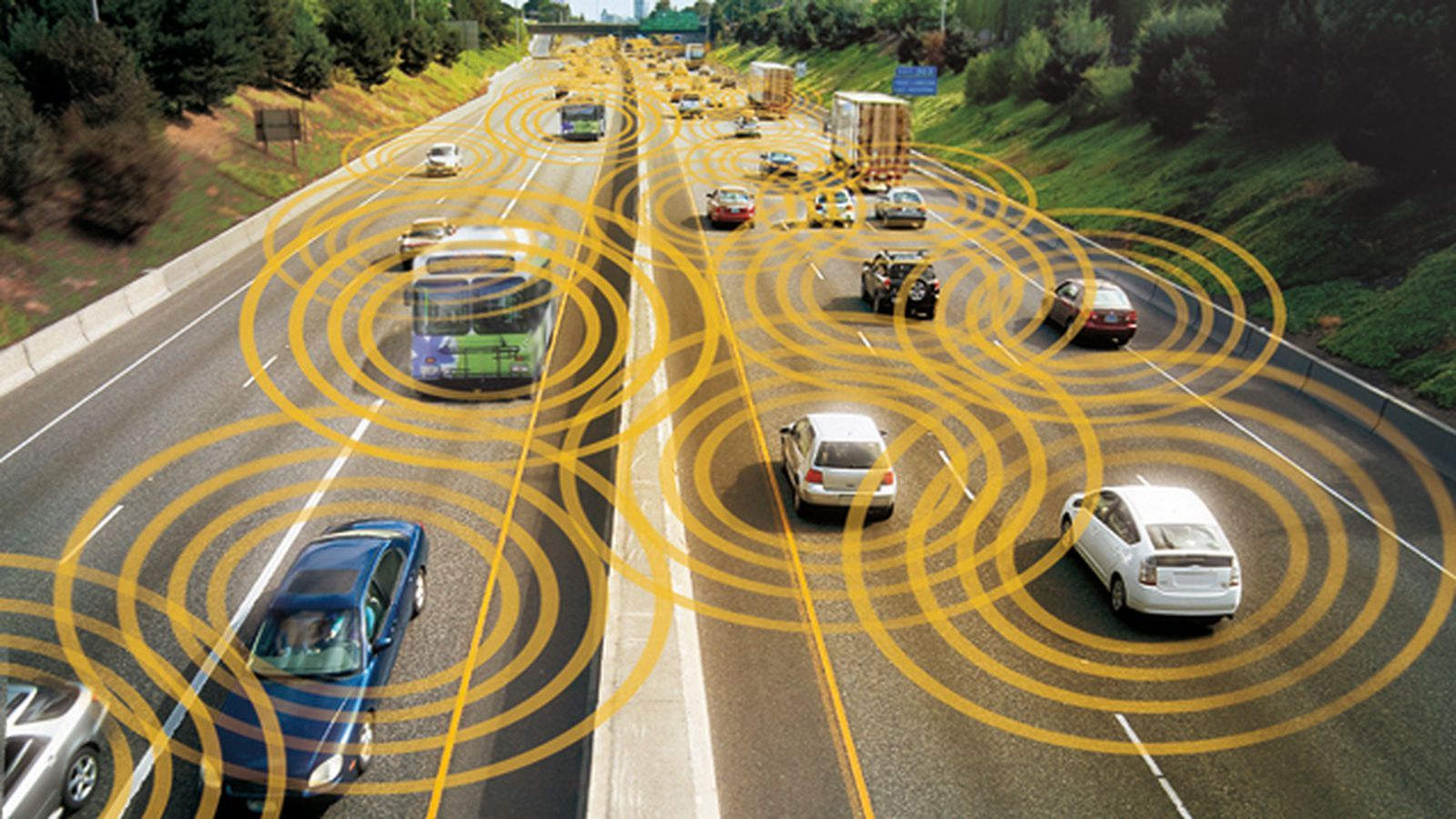Sep 15, 2015
Curing Alzheimer’s
Posted by Steve Hill in categories: biotech/medical, genetics, health, life extension, mobile phones, neuroscience, space
Dr Michael Fossel is a PhD and MD heading up telomerase research and therapy and has kindly written a blog article for Bioviva detailing the work both they and his company Telocyte are doing to fight back against Alzheimer’s.
How Alzheimer’s Can Be Prevented and Cured…
Michael Fossel, MD, PhD
As I said in my medical textbook on aging, “If age is a thief, then the greatest treasure we lose is ourselves.” We fear Alzheimer’s not simply because it takes away our health, but because it steals our souls.
















